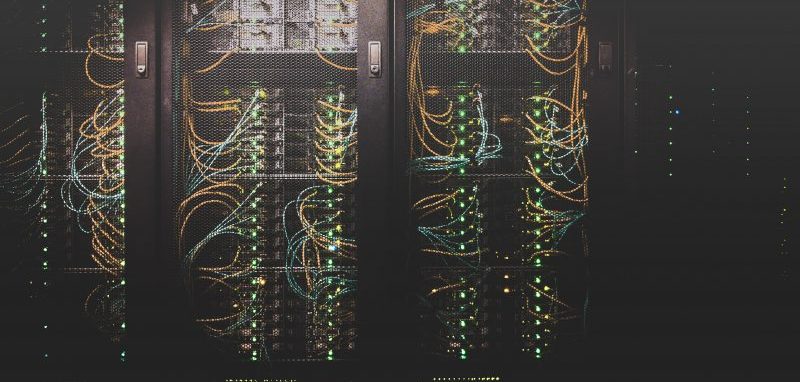Did the COVID-19 pandemic create a new normal for government, or did it simply bring to light changes that needed to be made in any case?
Think about remote work. At some point, full-scale remote work will no longer be required. Still, agencies now realize that they need to create a more resilient, flexible operating environment that meets their needs both now and in the future.
A key consideration is data. Traditional approaches to managing data assume that the data always resides within the data center and that employees always work within the network perimeter. The pandemic has revealed the shortcomings of that model, causing agencies to consider new options.
During a session at GovLoop’s “Gov Innovators Virtual Summit” on Wednesday, panelists discussed some lessons learned from the pandemic that are likely to reshape how agencies think about IT.
Lesson #1: Bad things will happen
The abrupt shift to remote work back in March reminded agencies, forcefully, that they need to expect the unexpected. That means they can’t afford to just go through the motions when it comes to data backup and recovery.
“At some point in time, something bad is going to happen, and your defense is your backup,” said Jim Leverso, Director, CIO Workforce Productivity and Mobility Division, at the General Services Administration (GSA).
Think about the sheer volume of data that is involved. In the event of a ransomware attack, for example, an agency might need to recover tens of terabytes or even petabytes of data, said Nick Psaki, Principal Engineer at Pure Storage. Agencies need to think about how quickly they can get their data into operation.
“Your backup and recovery strategy can no longer be an afterthought because it is going to get exercised,” Psaki said.
Lesson #2: Don’t get hung up on geography
After six months of having most employees working from home, organizations everywhere are rethinking the traditional bias against remote work.
That is the case at GSA. The agency has a long history of supporting telework. Prior to COVID-19, between 70% and 90% of employees were teleworking some of the time. In fact, the agency has a saying: Work is what you do, not where you go. But six months of remote work has agency leaders thinking in new ways.
“What this has proven is that the vast majority of GSA employees across the U.S. can work very successfully from anywhere,” Leverso said. Given that, agency leaders are now wondering how many people will be returning to their offices, he said.
Psaki said that his company is asking the same question, like many others, and reevaluating how much office floorspace they really need.
The challenge, Psaki said, is that most agencies have an IT architecture designed with the assumption that remote work was not the norm. To support large numbers of remote workers going forward, agencies need to rethink a variety of issues, including network bandwidth, security and data access.
Lesson #3: The future is hybrid
During the pandemic, many agencies increased their use of cloud solutions, since they provide the ability to extend IT services outside the perimeter without costly and time-consuming upgrades to on-premises infrastructure. But cloud is only part of the equation.
Going forward, most agencies are likely to operate in a hybrid environment, with some systems residing in the cloud and others in the data center. How can agencies manage the complexities of this environment?
One option is to take the “as-a-service” model that is common in cloud computing and bring it to the data center. Rather than owning the IT infrastructure – that is, buying, managing, maintaining and upgrading it – an agency might pay for IT as a service, and let their vendors worry about taking care of that infrastructure.
In that vein, Pure Storage offers a storage-as-a-service model that is available for both on-premises and cloud deployments.
“At Pure, we firmly believe that the world is going hybrid, and there is going to be a huge premium placed on those utility services,” said Psaki. “So, we are building tailored capabilities to support high-performance, on-premises type of experience but now in the cloud, rather than your own data center. That gives you the flexibility to do what you want to do, the way you want to do it.”
Don’t miss out on other virtual learning opportunities. Pre-register for GovLoop’s remaining 2020 virtual summits today.
This online training was brought to you by:





Leave a Reply
You must be logged in to post a comment.